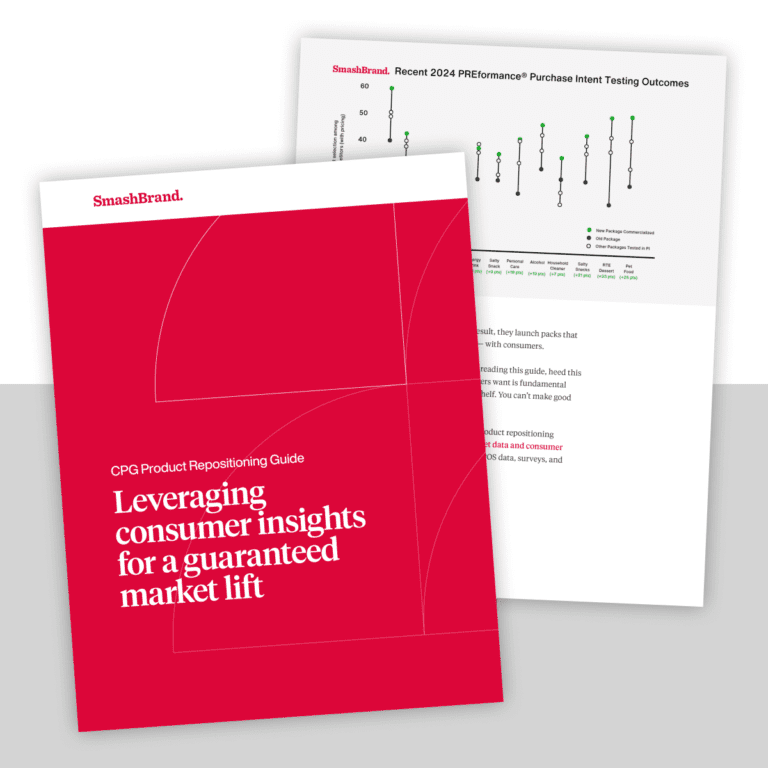Environmental concerns are not merely a trend; they are issues crucial to the endurance of the planet and the entire human (and animal) population. That being said, making your product packaging environmentally friendly is a great way to boost sales and appeal to a young, hip demographic. Cynical? Maybe. Realistic? You betcha.
“Green” packaging and “green” products in general have become ubiquitous in today’s corporate climate. Thirty years ago, environmentally friendly products were exclusively the dominion of your standard-issue, tree-hugging, long-haired hippie. Today, everyone (and we do mean everyone) is getting in on the act. Even though strictly speaking, many companies are simply using the “green” moniker for particular product lines to appeal to a larger consumer base without significantly altering production methods for their baseline products. Hey, everyone’s gotta make a living.
Ecologically responsible product packaging makes us, as consumers, feel better about the products, the companies that manufacture them, and ourselves for even being concerned. We’ve become increasingly horrified by images of landfills teeming with unrecycled plastic bottles and seagulls being poisoned by chemical runoff. We want the comfort of knowing that the clam-shell containers that protect our fruit, office supplies, and electronics have been recycled or fabricated with sustainable materials.
So, is it possible to achieve an environmentally responsible package without compromising the integrity of the product? We’re getting there. We utilize corn-based packing materials, recycled plastics, and innovative technologies to manufacture products with significantly less waste than ever before. We also have package designers with the expertise and, most importantly, the heart to create product packaging that uses no more and no less materials than necessary. Could you please hand us our halos?
Less is More
There are still some of us who think that environmentally friendly packaging automatically means anything wrapped in hemp. Not so. Sometimes, just reducing the amount of materials is sufficient, and when the reduced materials are recycled, the overall material residue shrinks even further.
There is no need for excessive packaging; anyone who bought CDs in the late ’80s and early ’90s can attest to that (remember those boxes, which were often two feet long). However, the need to minimize damage and spoilage in shipping still exists; therefore, some measure of protection will always be needed. Often, the answer to waste and bruising lies in packaging that is not only small enough to fit many units into one shipping pallet, but also shaped in a manner that allows for a tight, secure pack. Let’s not forget that reducing the number of pallets per shipment is a significant reduction in carbon footprint.
So, when you think about bottle design, for example, try to think about shapes that are geometrically suited for mass shipment. Funky, hourglass-shaped bottles may be cool, but how many of those suckers can you fit into a single shipping crate? Will rectangular designs be more efficient? Won’t that result in a significant reduction in shipping costs? Ah, now we’ve got your attention.
Environmentally and Financially Friendly
Because “green chic” is becoming increasingly widespread, we can easily anticipate a time when environmentally sound packaging becomes widely produced and therefore quite affordable. Unfortunately, materials such as bamboo and textiles are prohibitively expensive for most small companies. However, with the burgeoning technology for producing biodegradable plastics, as well as consumer demand, we predict that ecologically sound manufacturing processes will ultimately become the less expensive alternative.
Once people truly turn their sentiment into action, manufacturers will scramble to use environmentally responsible technologies. An Innventia study found that 50 percent of American consumers surveyed said that they found plastic packaging harmful to the environment. So, why haven’t 50 percent of American consumers completely stopped buying plastic? We can jump-start this phenomenon by giving people who buy products packaged in standard plastics the stink-eye when we see them in line at Whole Foods.
Data-Driven Brand Development
Want a best-selling brand? SmashBrand is a brand development and packaging design agency for FMCG and CPG companies. From brand strategy to packaging design testing, our Path To Performance™ process guarantees a retail performance lift. Book a time to discuss your project with our team.
Subscribe to
Nice Package.
SmashBrand’s Nice Package: Stay current with our latest insights
Free Resource.

CPG product repositioning guide.
Explore the five undeniable signs your CPG product needs repositioning along with strategies for leveraging consumer insights for a guaranteed market lift.
Download Whitepaper About CPG product repositioning guide.